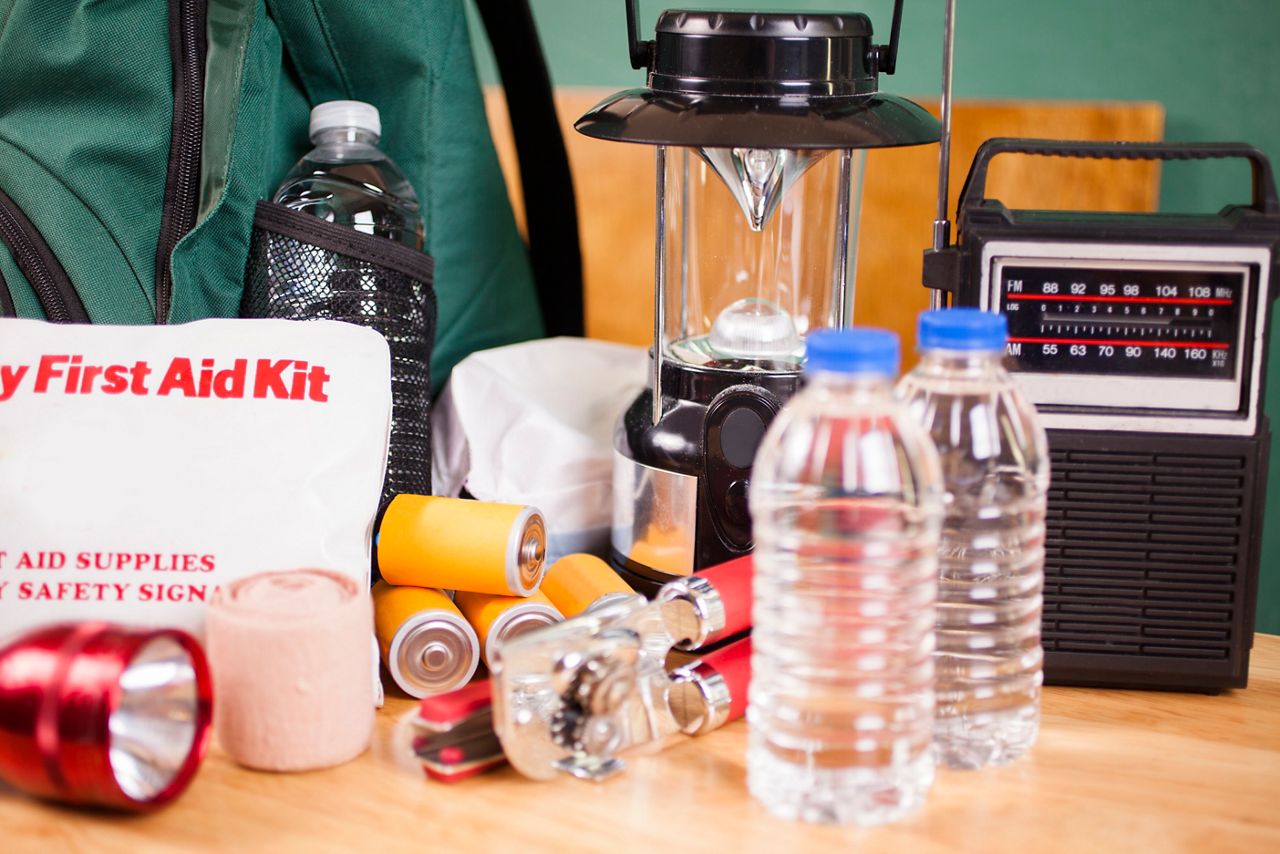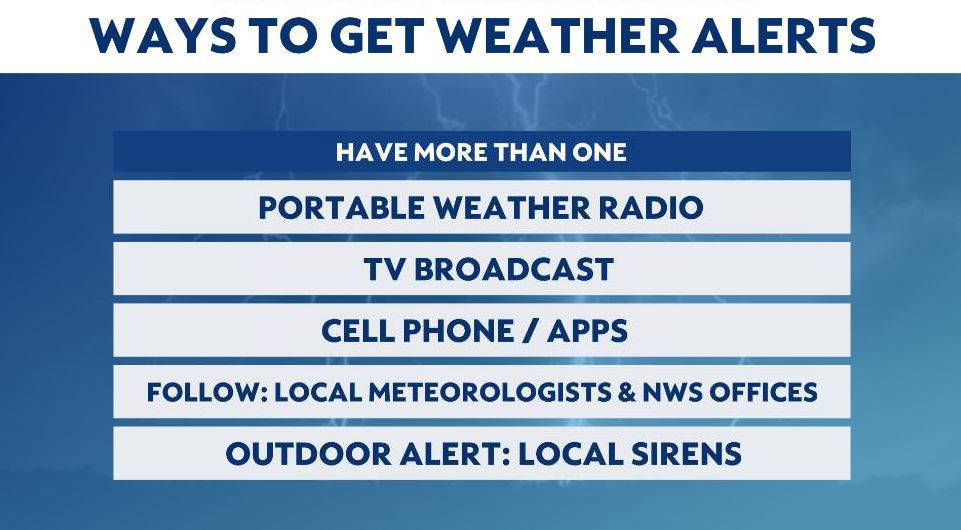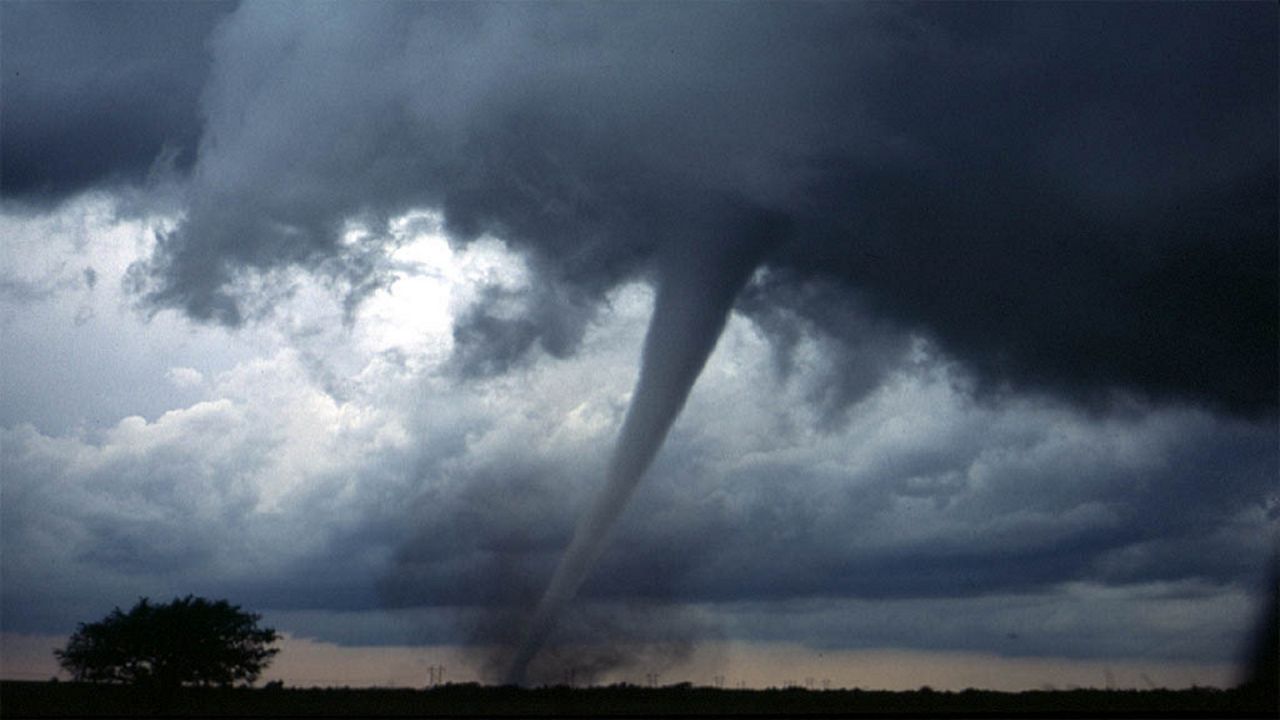Severe weather season is here. Are you truly ready for the next storm? Now is the time to prepare or even update your emergency supply kit.
If you found your safe place during severe storms for #SafePlaceSelfie Day, you're one step closer to being prepared for the next storm. But are you really ready? Do you have an emergency supply kit ready to go? Maybe it just needs a little updating.

Here's what should go into your emergency supply kit, according to the National Weather Service:
- Flashlights
- NOAA weather radio or portable radio (battery-powered)
- Extra batteries
- Cell with charger(s), a charged external battery
- Matches
- Three day supply of non-perishable water and food (think about the shelf life)
- Whistle (to call for help)
- Cooking utensils
- Sanitary supplies
- Personal hygiene supplies
- Extra clothes for each family member
- Blankets, towels, and pillows
- Sunglasses and sunscreen
- Mosquito and bug repellent
- Pens, paper and pencils
- Map of area
- Camera (for photos of damage)
- Extra set of car, house/apartment, work keys
- Important documents (phone numbers, bank account info, insurance policies, records, etc.)
- Prescription medicine and special need items
- Cash and credit cards
- Tools and repair supplies
- First-aid kit
- Baby and pet supplies
Also, consider adding a helmet to your safe place and kit to wear if there's a tornado.
These essential items can be stored in a backpack or storage tub or bin. A waterproof container is ideal, and consider putting personal documents in a water and fireproof container. Put this kit somewhere easy to access, like a closet or basement.
Now it's time to make sure everyone in your household is on the same page, so when you need to put your severe weather plan into action, you can execute it smoothly and efficiently.
Be sure to discuss the following:
- Location of emergency supply kit
- Are additional items needed?
- When would we need the kit?
- Would someone be responsible or designated to take the kit?
Taking the time now to prepare is very important. This can save lives! Preparing and practicing your severe weather plan now will give you more confidence when the next storm or hazardous weather event happens.
Remember to also have multiple ways to get weather alerts! Beyond your cell phone, you can receive alerts by TV, radio, and weather radio. Also make sure your cell phones are charged, especially when a storm event is expected overnight.




